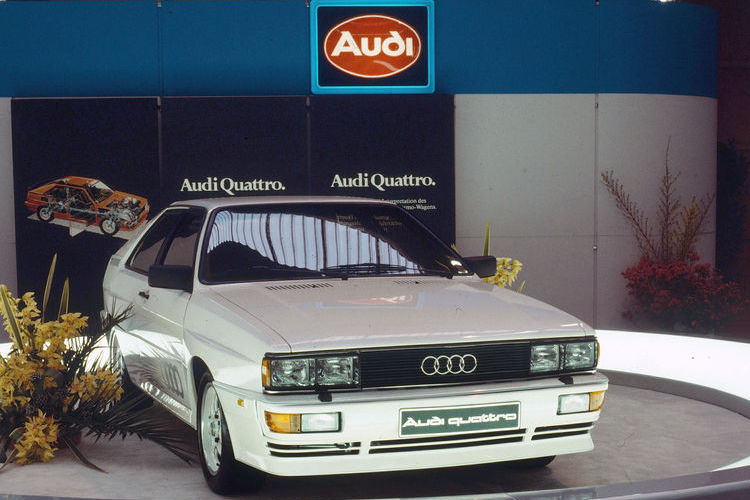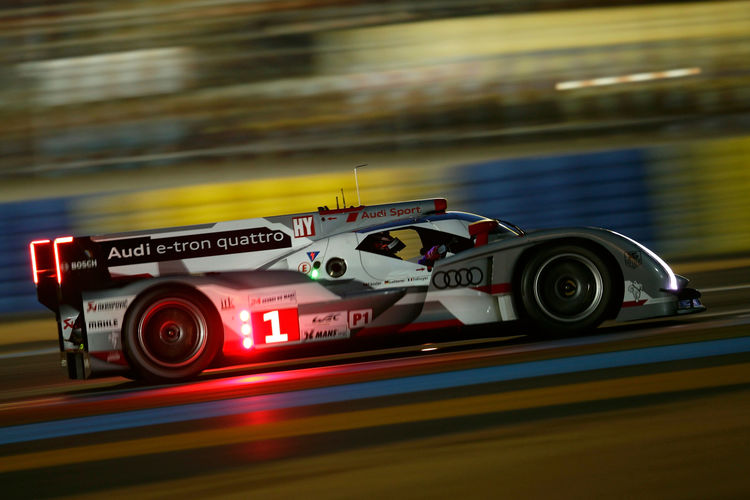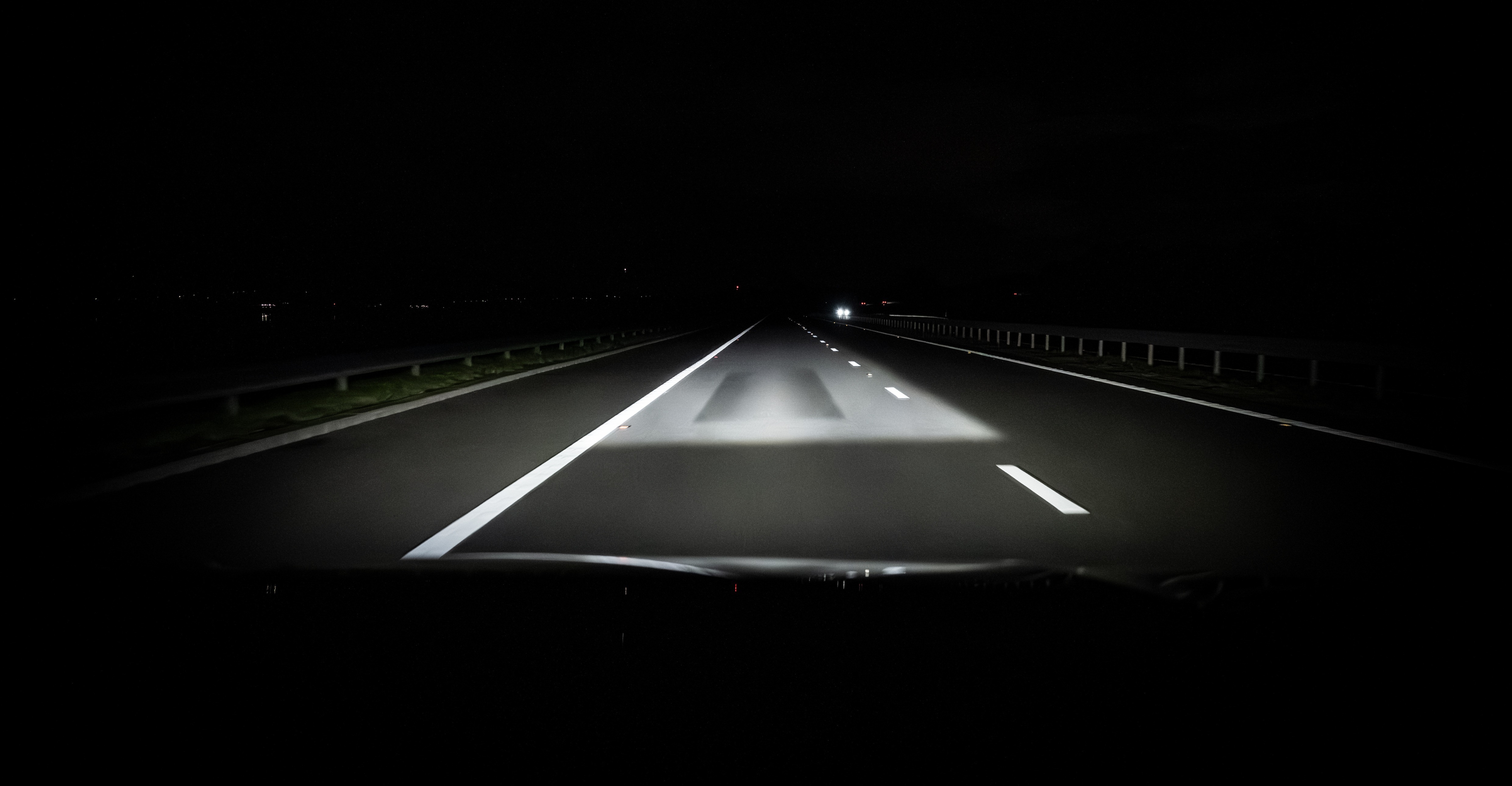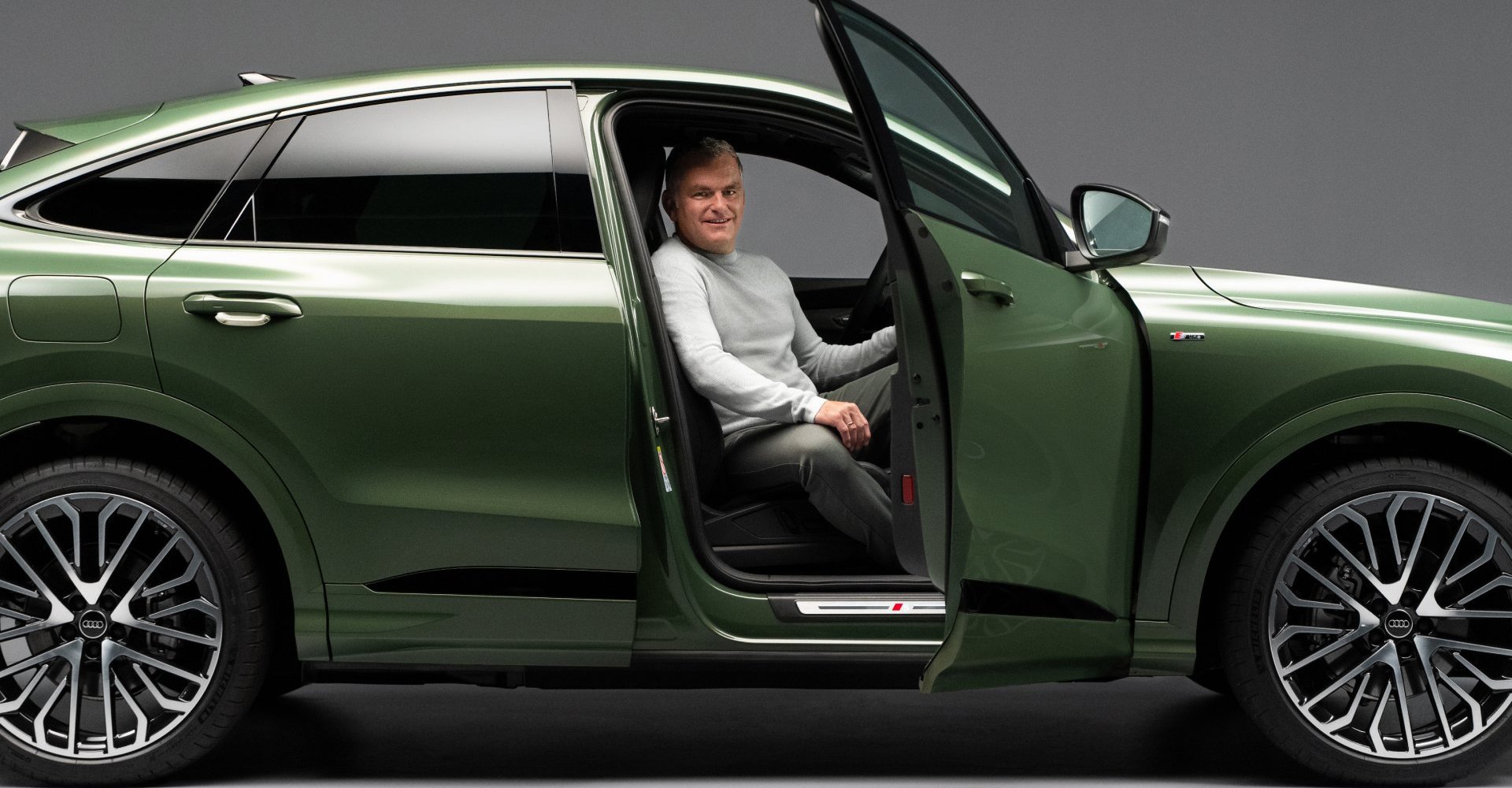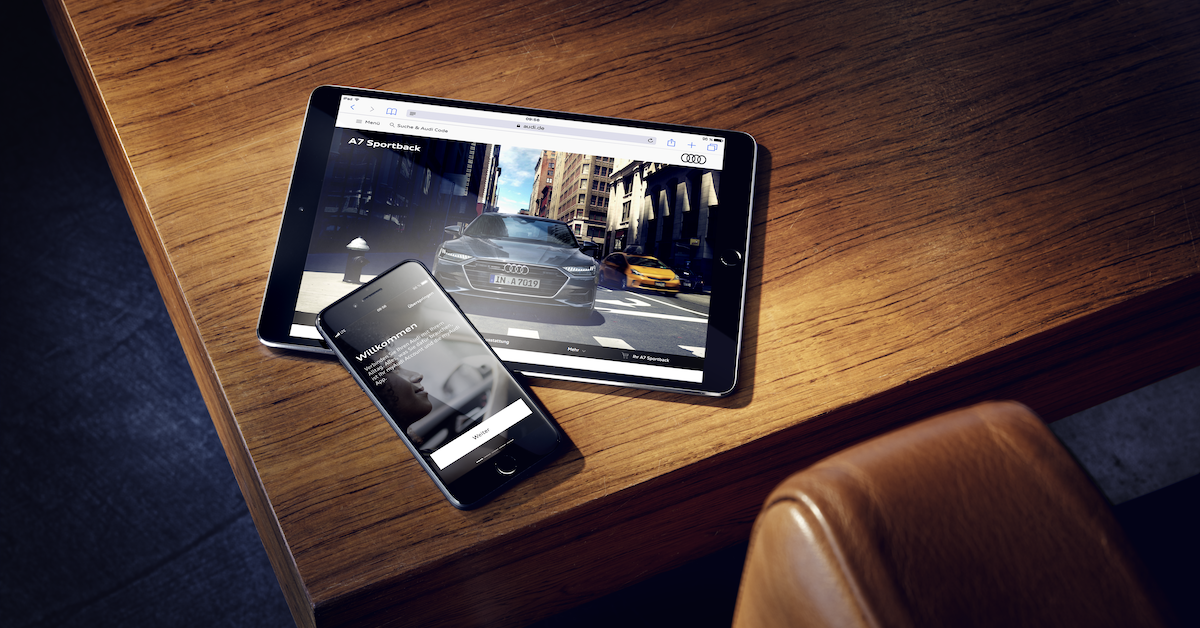The concept certainly appears cool and suitably futuristic, both from outside and inside the ultra-minimalist cabin. My details and my ‘journey’ have already been pre-registered on an app on my smartphone and, as I settle into the seat, I’m recognised and welcomed aboard by PIA, my speaking Personal Intelligent Assistant. The seats certainly feel comfortable, and, currently, there’s sufficient space behind them to hold a couple of small bags, although it’s possible the flying taxi will be smaller in size when it reaches production. The ‘dashboard’ in front of me is one large screen that incorporates augmented-reality technology and enables me to highlight icons simply by moving my eyes
By pressing on a small touchpad mounted between the seats, I can then choose the ambient-lighting theme I desire, and the type of music I wish to listen to through the speakers built into the headrests. Naturally, there is plenty of glass area to provide occupants with a fine view as they soar over the city, although the floor below my feet is not transparent – and deliberately so, as Nicolas points out: ‘We wanted to create an open environment that enables passengers to enjoy the experience, but we also wanted to ensure they felt safe and weren’t frightened.’



